This was a trade show and convention that took place in several locations. The focus of the images seen here was on the Trade Show, awards and after party.

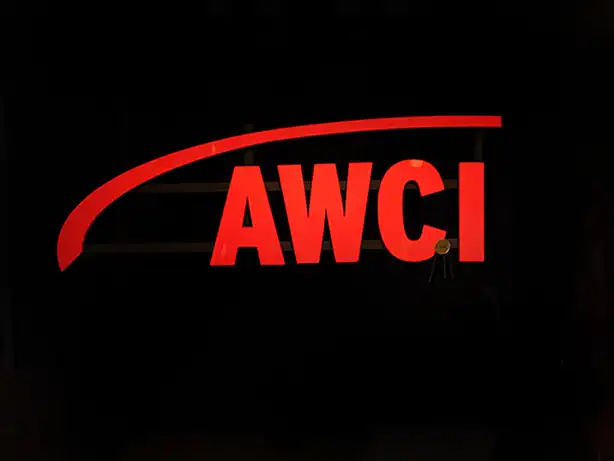
Trade Show Delivery
I am adding what would be a typical delivery for a Trade Show with a small awards dinner and reception. As you can see the focus was the trade show. The awards were held with minimal stage lighting in a dark auditorium. The classrooms didn't have any additional presentation lighting.
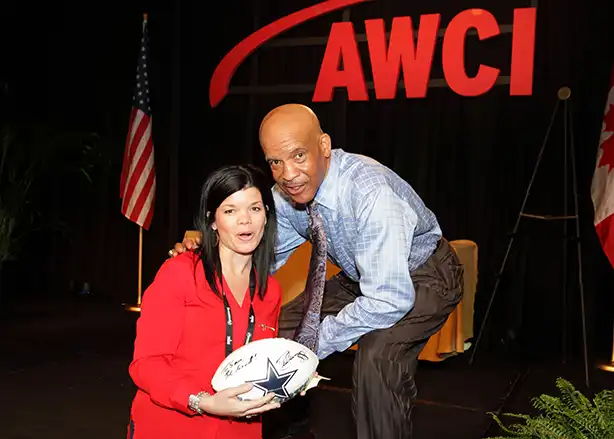
Drawing Winner
Focus is always on the winners and trying to capture "Branding" in the background.
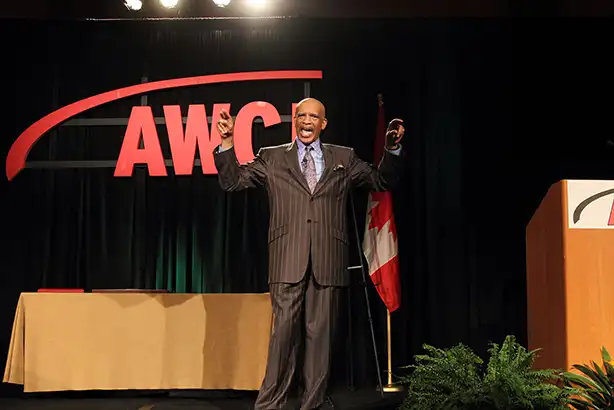
On Stage Speaker
Capture on-stage presentations. This set-up included very basic lighting, so on camera flash was required. As you can see we blend the flash with the ambient lighting for a smooth and natural look.
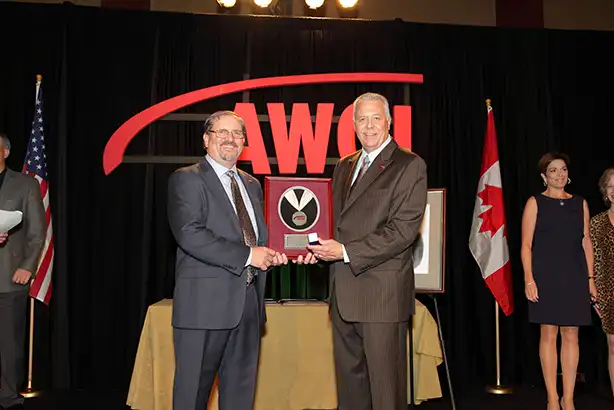
Award Presentation
Focus for awards is a balance of speed and quality. Usually 2 - 3 images are taken within 2-3 seconds to be sure we have a quality image with the eyes open.

Tradeshow
Various shots of the tradeshow that can be used for future marketing efforts.
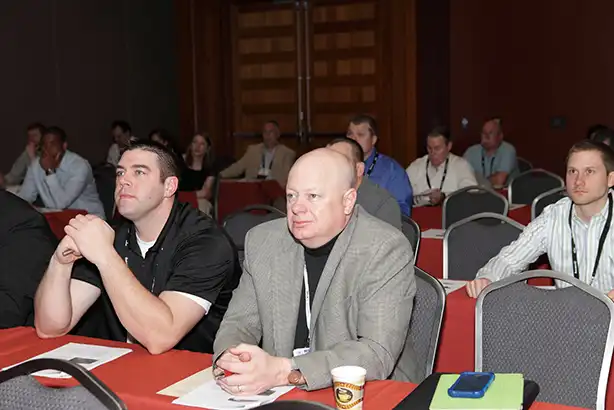
Classroom Sessions
Classroom sessions showing interest from the audience and make it look like a large number of attendees.

After Party
Fun and group shots at the events after party or with VIP guests.

Fun Shots
We try to get the feeling of the event!

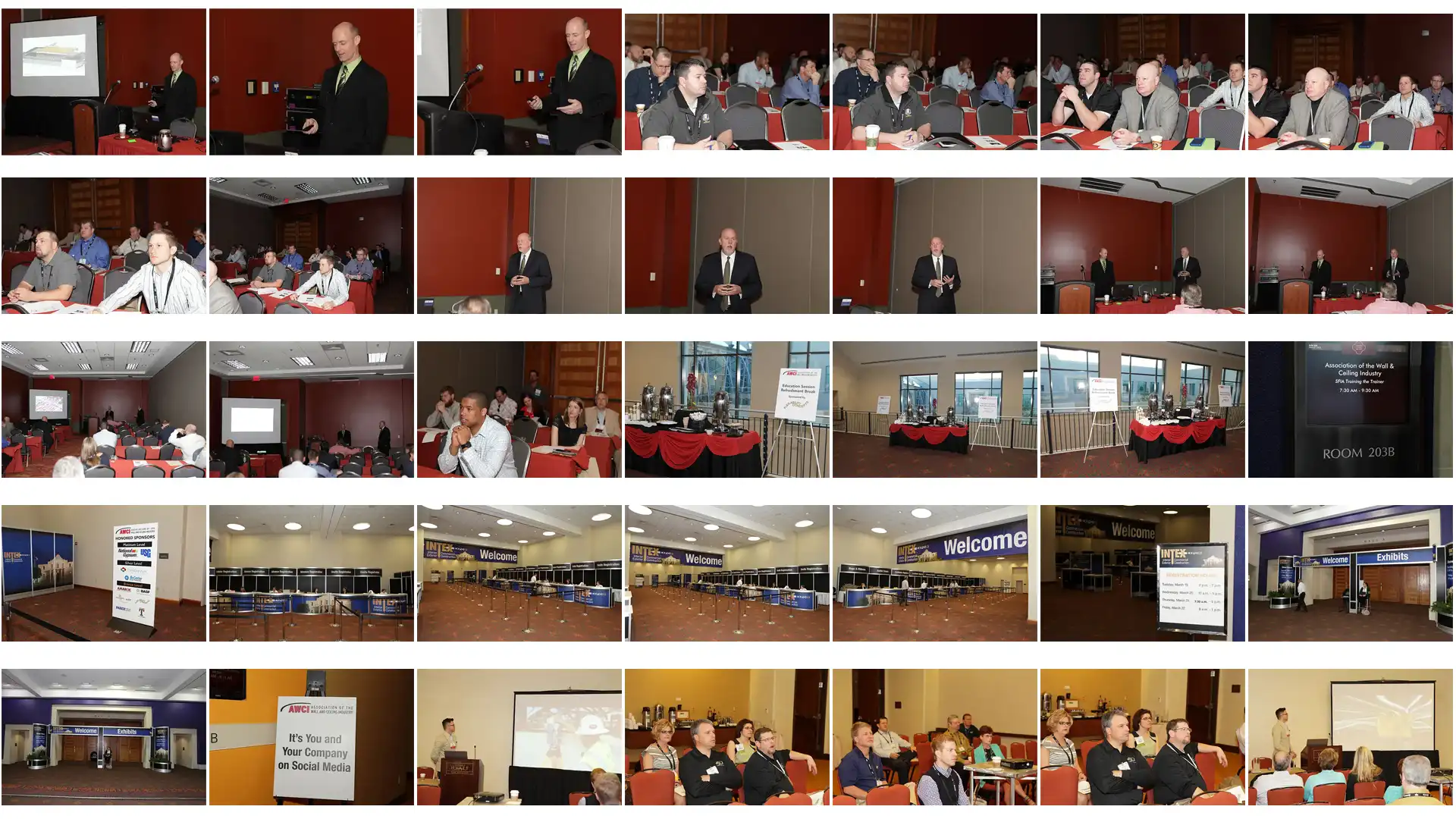

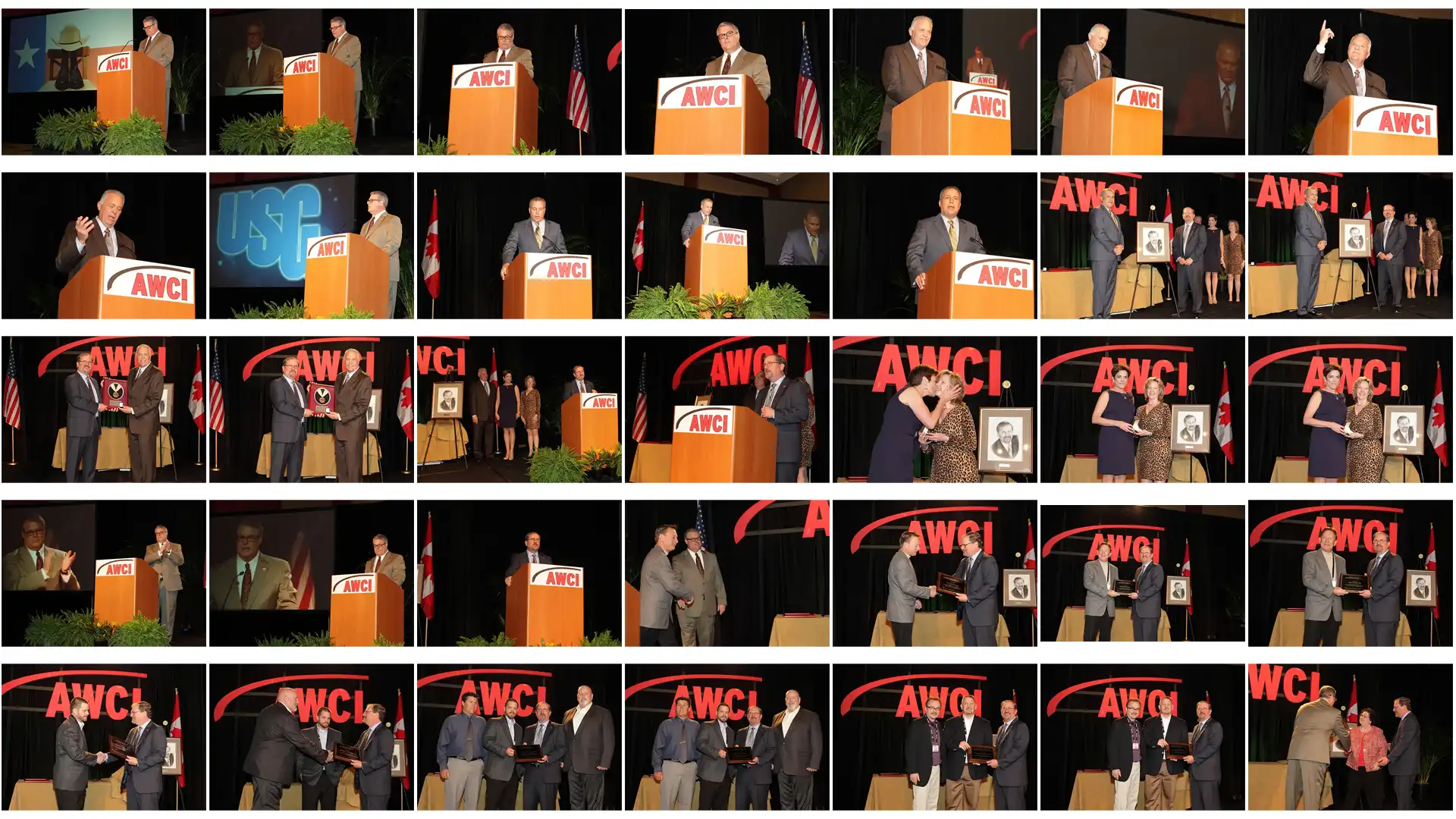
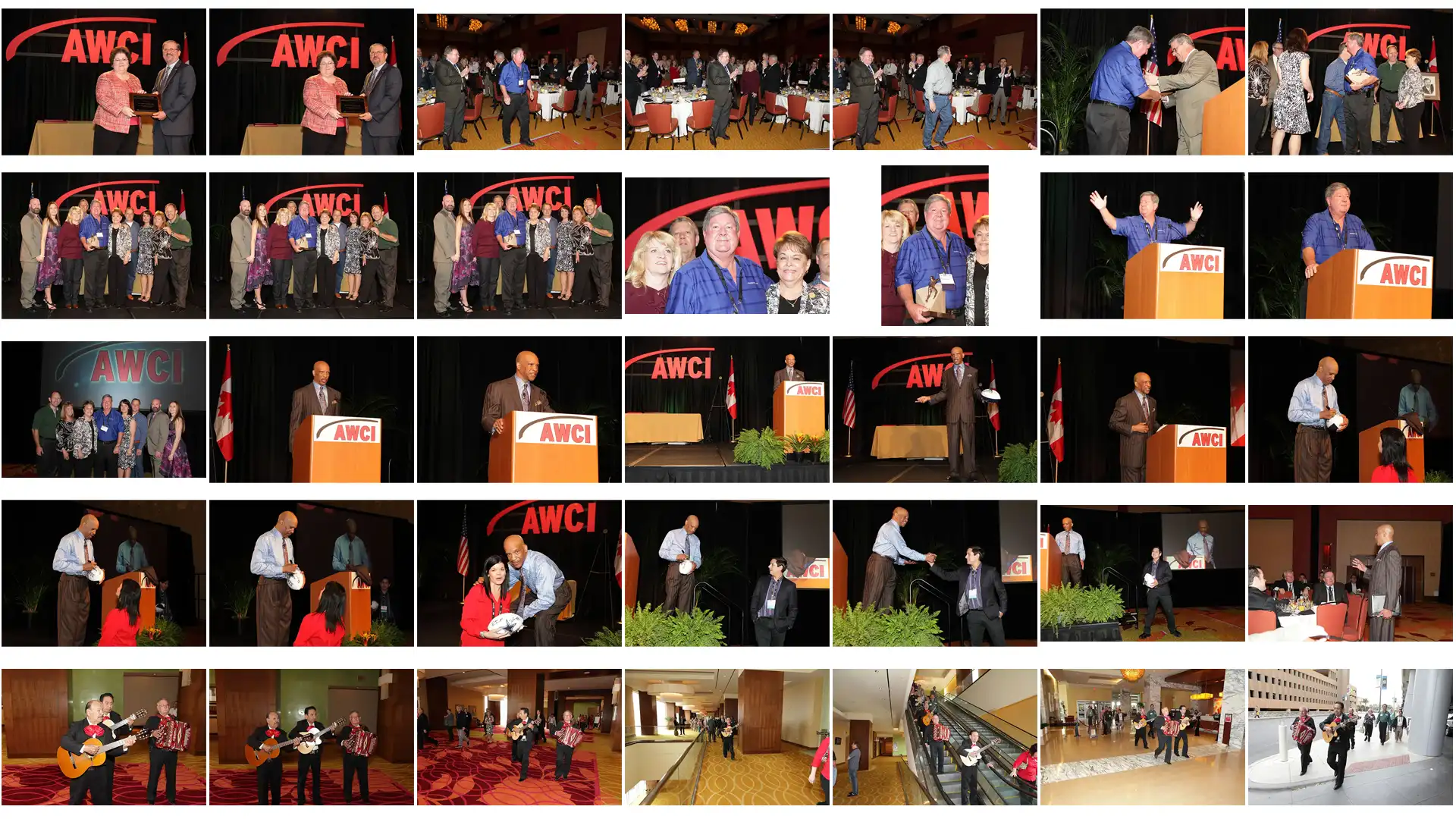
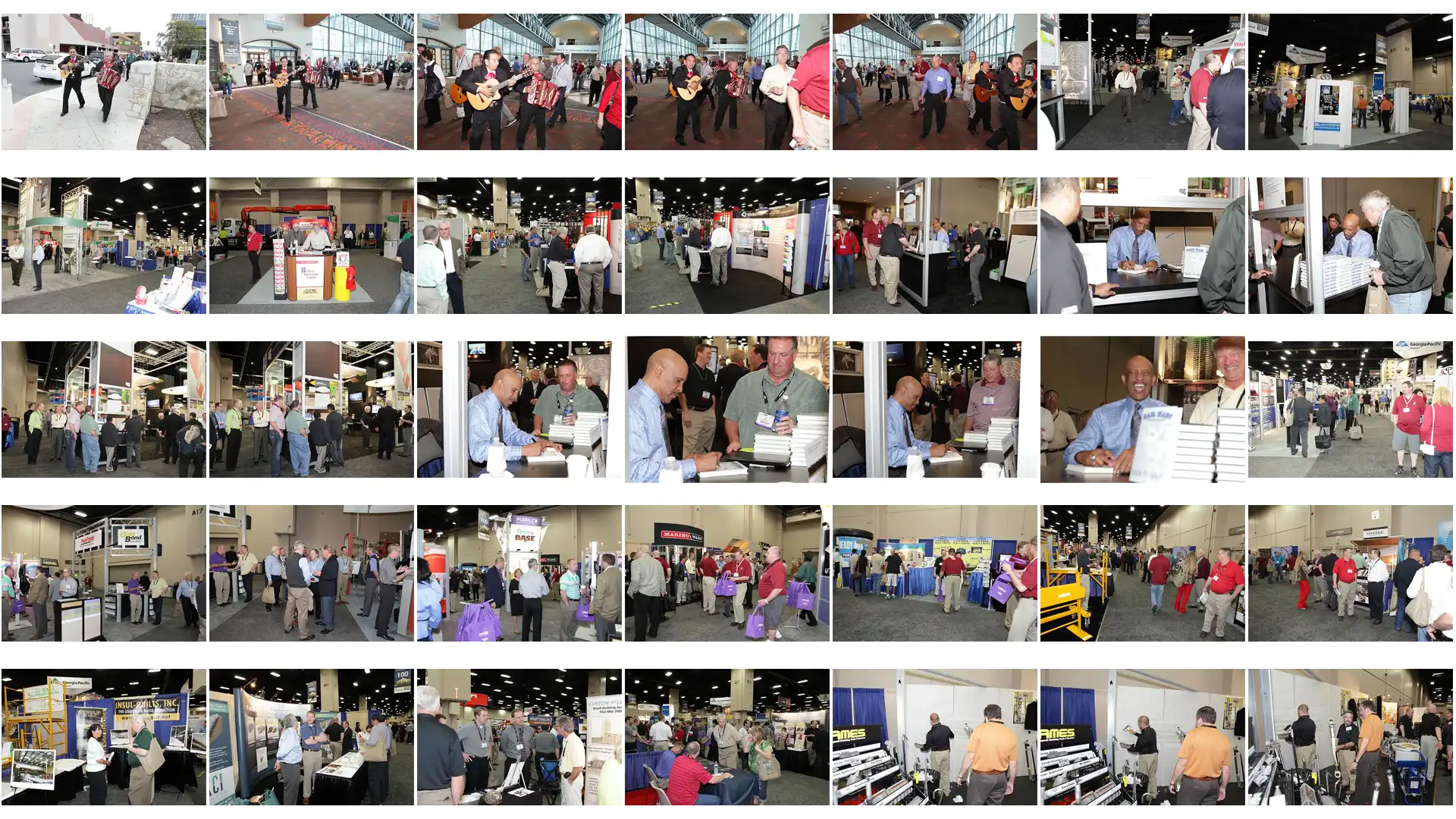
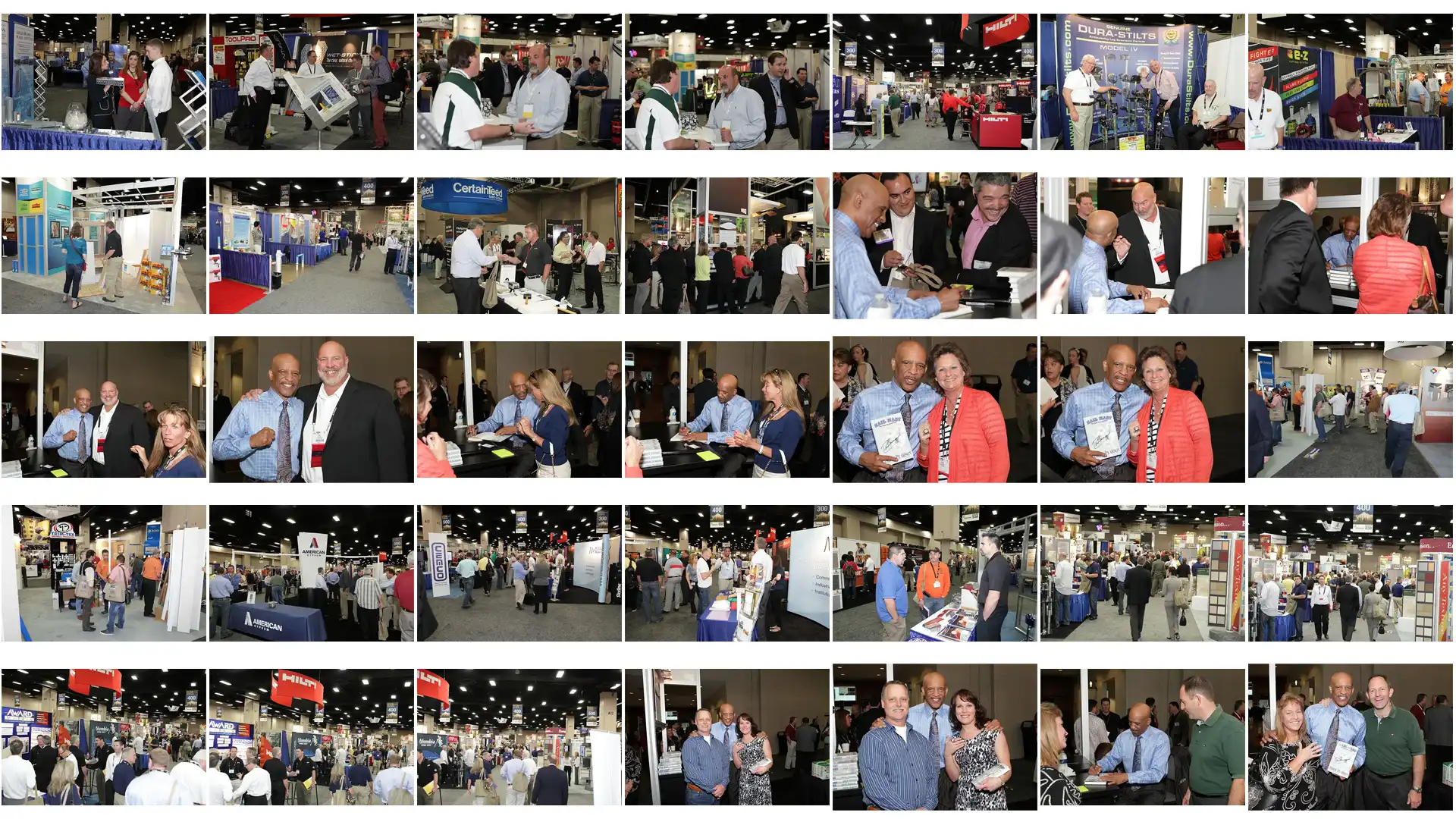

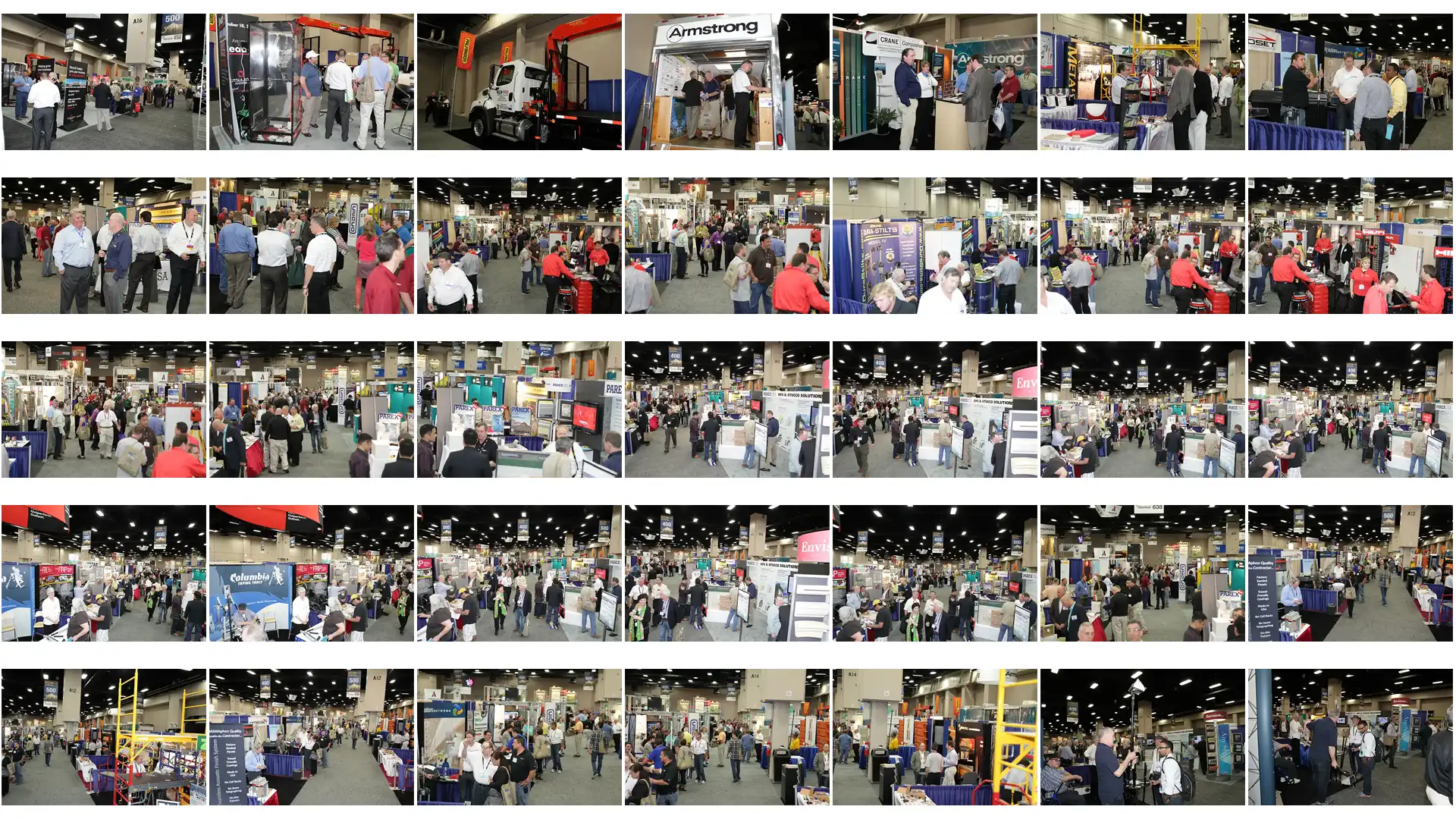
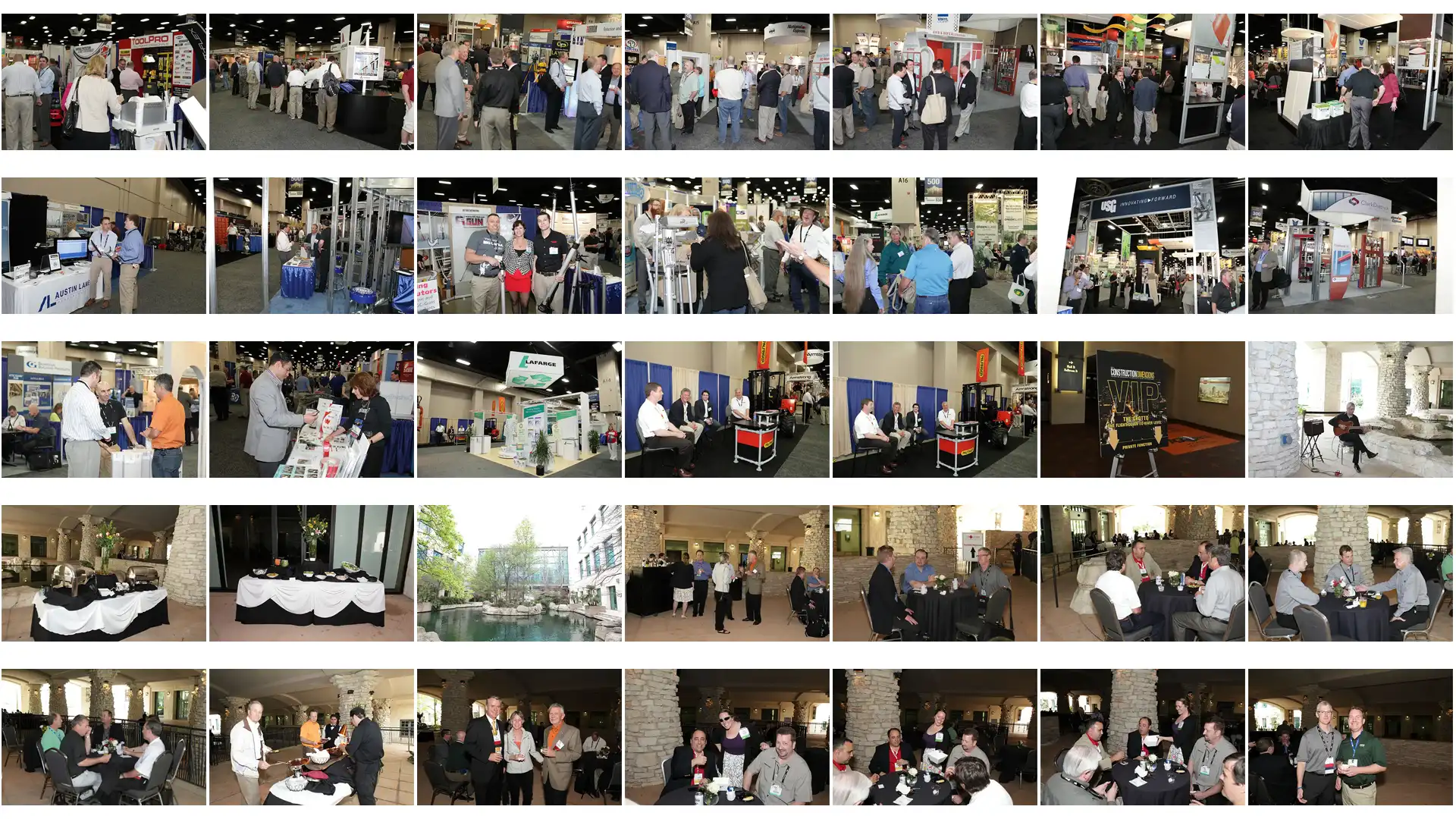

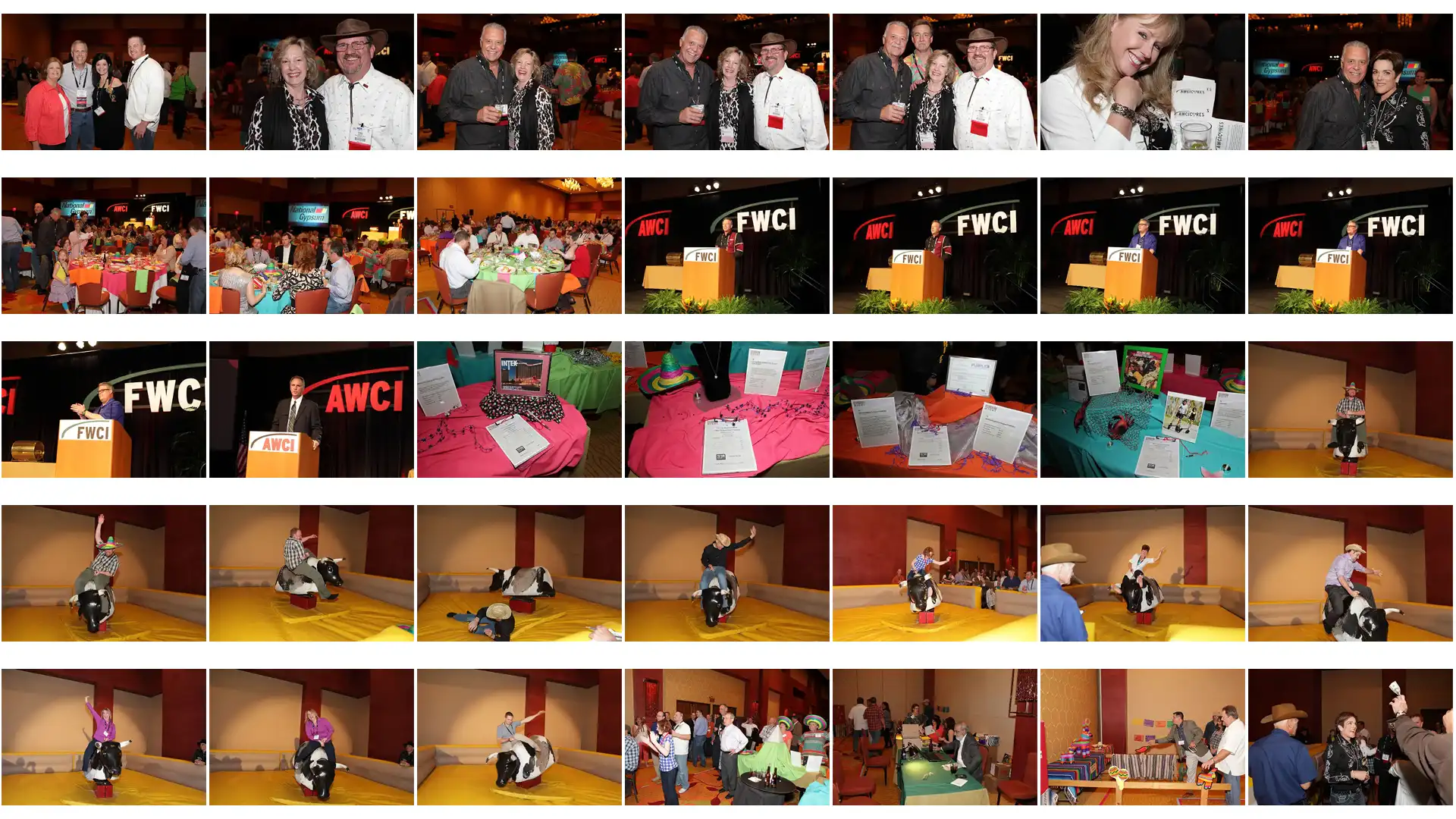
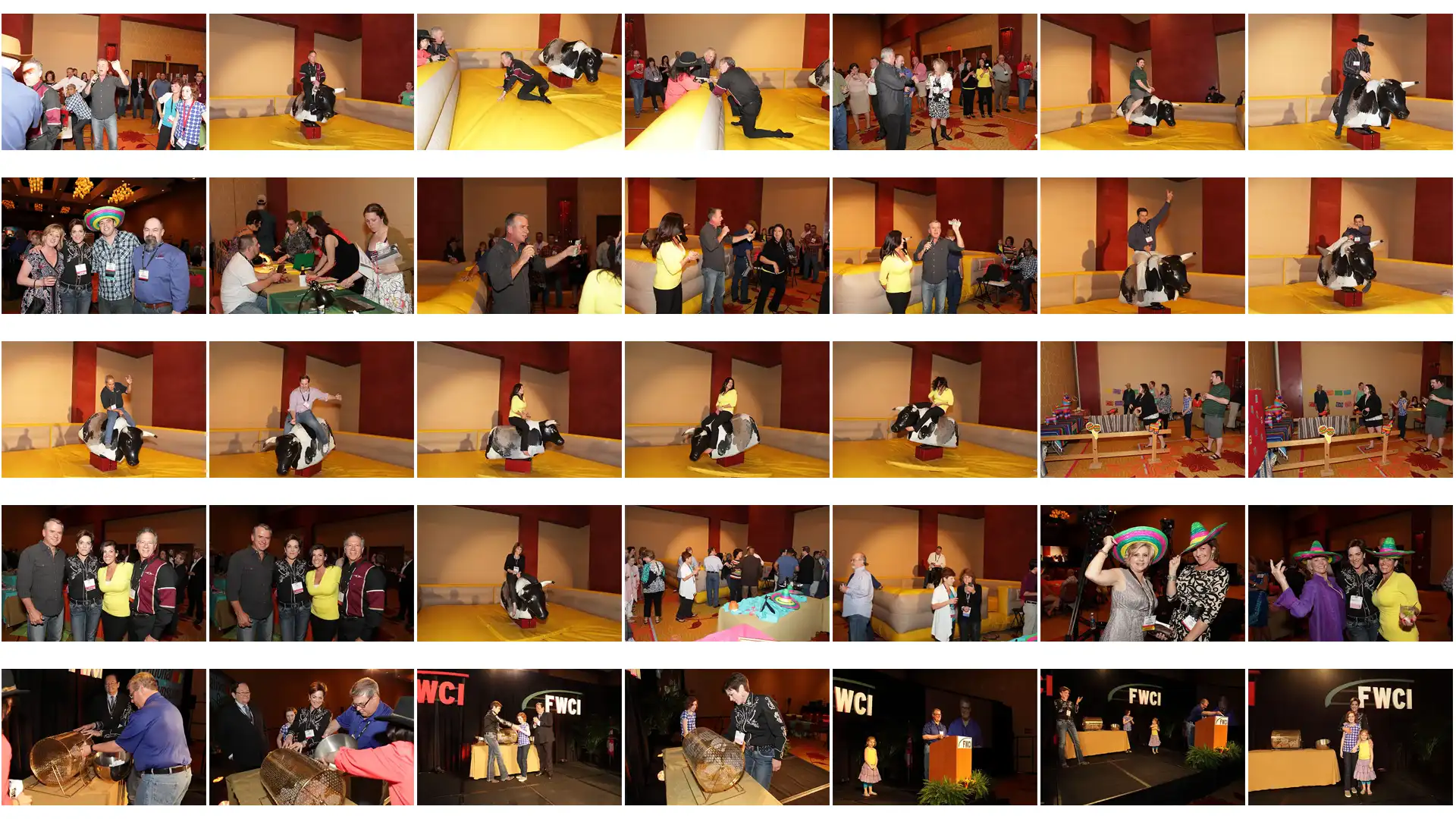
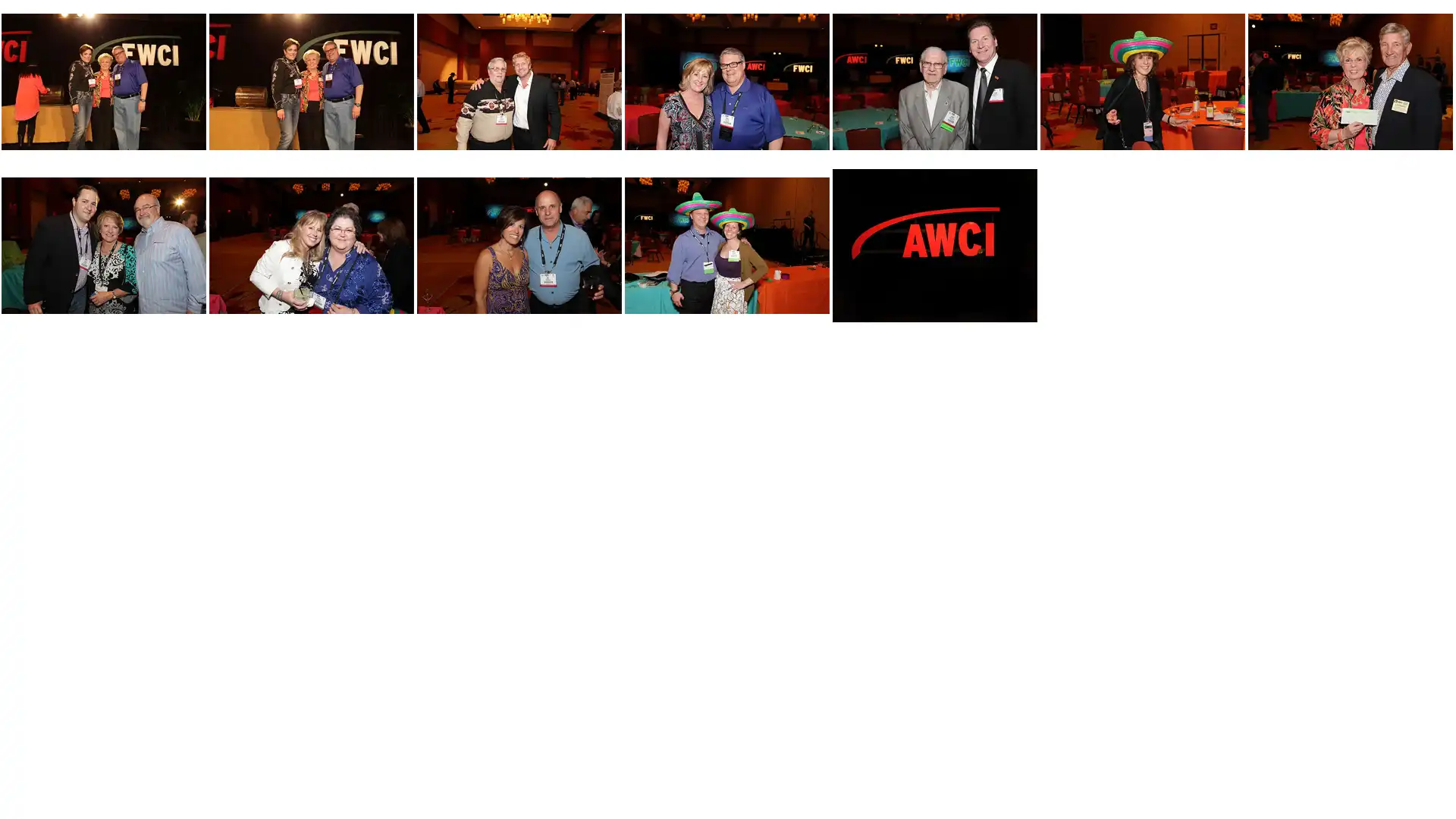
Business trade shows are a great way to showcase your company's products and services, make new contacts, and attract potential customers. However, preparing for a trade show can be quite challenging, especially if you're attending for the first time. It's important to be well-prepared and organized to ensure that your company gets the most out of the event. In this article, we'll discuss the steps your company can take to prepare for a business trade show.
Set Objectives
The first step in preparing for a trade show is to determine what you want to achieve. Are you looking to generate leads, build relationships with potential customers, or launch a new product? Knowing your objectives will help you focus on the right strategies and ensure that you're taking the right steps to achieve them.
Choose the Right Trade Show
Once you have established your objectives, you need to find the right trade show to attend. Research various trade shows in your industry and look at their attendance, audience, and exhibitor demographics. Check the size and scope of the show, and whether it aligns with your company's goals. This will help you choose the right trade show that suits your objectives.
Plan Your Budget
Attending a trade show can be expensive, and it's important to plan your budget accordingly. Consider all expenses, such as travel costs, accommodation, booth rental fees, promotional materials, and shipping costs. Allocate your budget wisely and try to get the best possible value for your money.
Book Your Travel and Accommodation
Book your travel and accommodation as early as possible to avoid any last-minute hassles. Make sure you have enough time to travel and set up your booth before the show starts. Research nearby hotels and find the most convenient and affordable option for your team. Consider factors such as distance from the venue, transportation options, and availability of nearby restaurants and amenities.
Reserve Your Booth Space
Once you've selected the trade show and secured your budget, you need to book your booth space. Choose a location that has good visibility and is easily accessible to attendees. Consider the size of the booth and what you'll be displaying, and plan how to maximize the space. You may also want to consider renting equipment such as furniture, lighting, or audio-visual systems to enhance your booth's appearance.
Develop Your Marketing Materials
Before attending a trade show, you need to develop your marketing materials such as brochures, flyers, banners, and posters. These materials should highlight your company's unique selling points and showcase your products or services. Make sure your brand is consistent across all materials, and that they're visually appealing and easy to understand. Consider developing digital materials such as videos or presentations that can be displayed on screens or tablets.
Train Your Staff
Your staff plays a crucial role in making your trade show experience a success. Train them to engage with attendees, answer questions, and represent your company in a positive manner. Assign roles and responsibilities, and ensure that everyone is aware of the booth's objectives and goals. Provide them with a list of talking points, and practice role-playing scenarios to help them feel confident and prepared.
Set Up Your Booth
Once you've arrived at the trade show, it's time to set up your booth. Make sure you have all the necessary equipment and materials, and that your booth is set up in a way that's visually appealing and easy to navigate. Ensure that your signage is clear and visible from a distance, and that your products or services are displayed prominently. Don't forget to test your audio-visual equipment, and make sure that your internet connection is reliable.
Network with Attendees
Networking is a key aspect of trade shows, and you should take advantage of the opportunity to make new contacts and build relationships